Protecting the vanishing honeybee population through design? This Melbourne designer has it covered.
June 23rd, 2011
The work of Melbourne-based designer Justin Hutchinson operates on 3 levels: designing to solve a problem, raising public awareness of said problem, and restoring craftsmanship to the modern world.
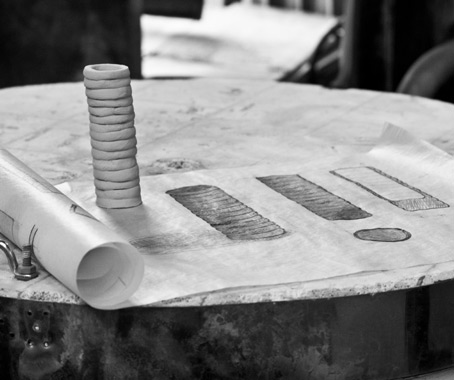
His recent project Bee Brave is a perfect example. Recently on show as part of the Ketel One Commission – where it received a high commendation – it represents the plight of bees, raises awareness and encourages people to support the craft of beekeeping.
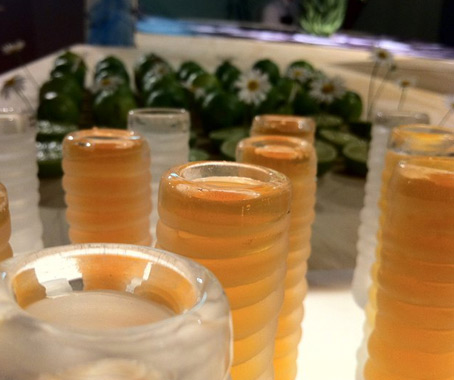
Bee Brave was created in collaboration with Andrea Santarossa, Philip Stokes and Melbourne City Rooftop Honey.
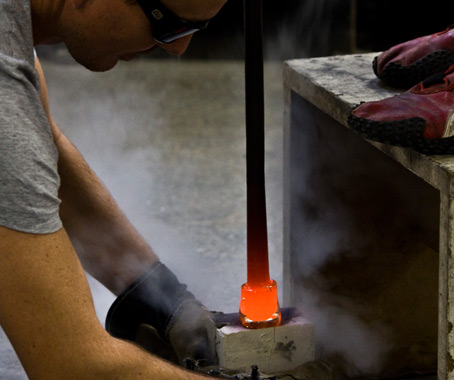
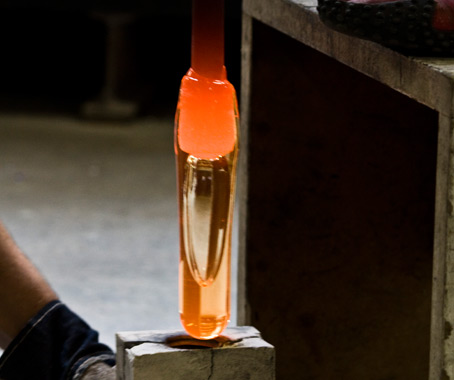
They crafted a vessel symbolic of “awareness and hope” and worked with mixologists to develop a drink – nectar for the vessel – made using local Heidelberg honey.
“I’m interested in creating products that are a symbol of information about a story, so that people can then ask questions and look into it more themselves,” Hutchinson says.
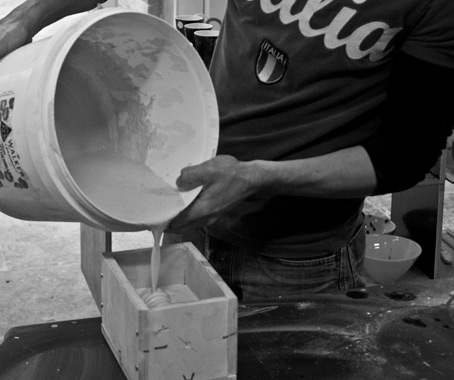
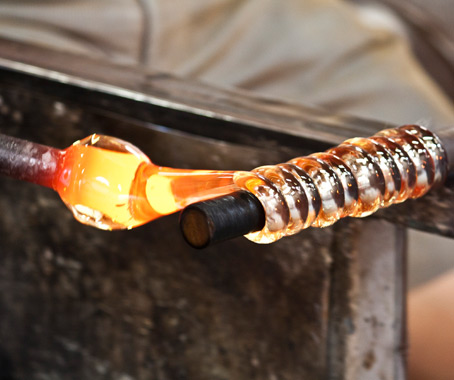
The simple glass vessels are an expression of solidarity for traditional beekeepers, whose craft is under threat as the bee population worldwide drops.
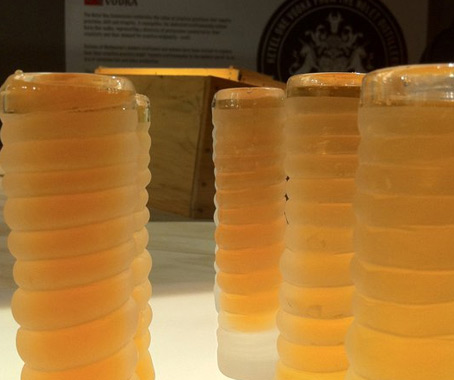
It’s also part of a larger project that involves working with local beekeepers and Melbourne City Rooftop Honey to install beehives on Melbourne rooftops.
A rooftop pop-up space in the Spring will encourage city dwellers to congregate and socialise, reflecting on the possibilities of growing food locally and why bees are vital in agriculture as pollinators.
The diminishing bee population worldwide poses a very real threat to the ability to grow crops that require pollination.
The next stage in spreading the Bee Brave message will be to create hand-blown glassware to be sold with honey, “to tell the story about where the honey has come from,” says Hutchinson.
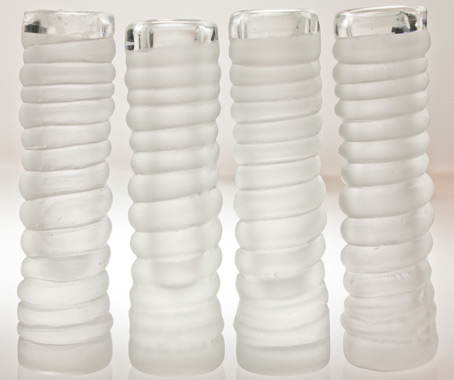
Justin Hutchinson Design
justinhutchinson.com
INDESIGN is on instagram
Follow @indesignlive
A searchable and comprehensive guide for specifying leading products and their suppliers
Keep up to date with the latest and greatest from our industry BFF's!

London-based design duo Raw Edges have joined forces with Established & Sons and Tongue & Groove to introduce Wall to Wall – a hand-stained, “living collection” that transforms parquet flooring into a canvas of colour, pattern, and possibility.

For Aidan Mawhinney, the secret ingredient to Living Edge’s success “comes down to people, product and place.” As the brand celebrates a significant 25-year milestone, it’s that commitment to authentic, sustainable design – and the people behind it all – that continues to anchor its legacy.

Having opened a Canberra studio in 2024, Associate Principal and Canberra Studio Leader Alex Lawlor tells us how things are going in the capital.
We enter the world of blogger extraordinaire Linda Bennett.
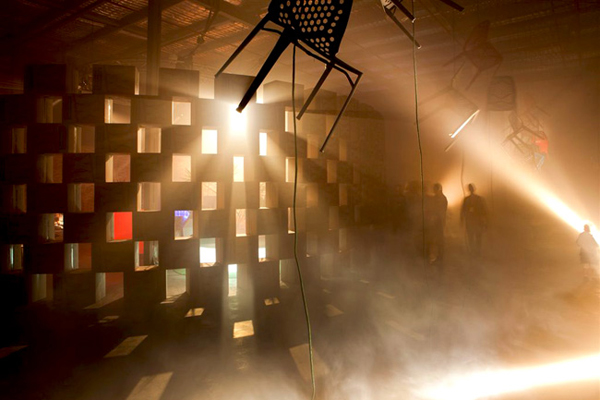
Continuing our review of Saturday in Design over the years, this week we look back at the breadth of talent and product on display through our Sydney

Former principal at ThomsonAdsett, Sally Brincat, sits down with Leanne Amodeo to discuss the importance of biophilic design in shaping Wollert Primary School, one of the projects featured in Indesign 88: The Education Outlook Issue.
The internet never sleeps! Here's the stuff you might have missed
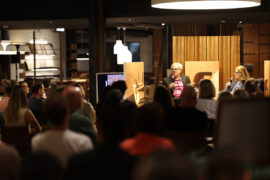
He’s the Director of Eames Office and an all-round creative polymath – and Eames Demetrios has just been in our region with Living Edge.
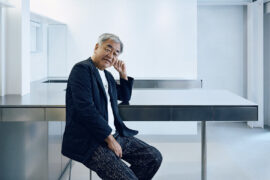
In a wide-ranging interview, the iconic Japanese architect joins Timothy Alouani-Roby to discuss his childhood home, the influence of Metabolism, a formative experience in the Sahara desert and a recent house by Mount Fuji.

Recognised as winners at the INDE.Awards 2025, Enter Projects Asia in collaboration with SOM have received The Influencer award. Their work on Terminal 2 Kempegowda International Airport Interiors redefines the aesthetics of airport design through a monumental expression of biophilia, sustainability and craftsmanship.